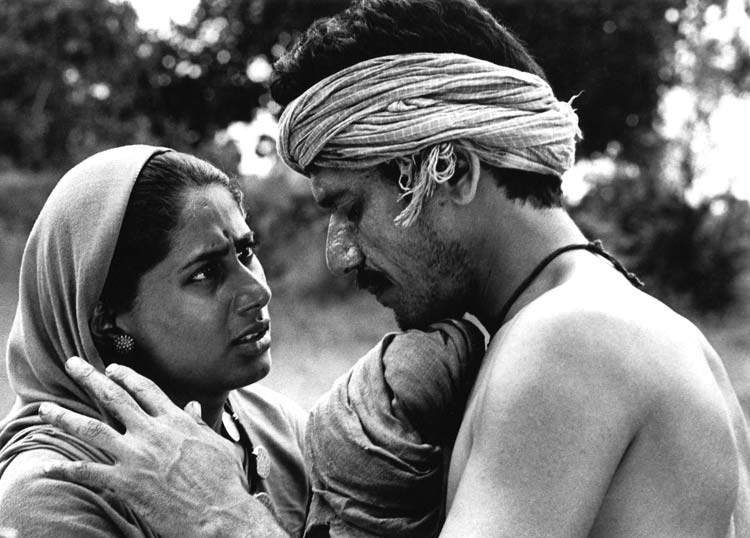
Satyajit Ray Film Retrospective Image:buzzintown
Sadgati is a Hindi TV film directed by Satyajit Ray and released in 1981. It is an adaptation of Munshi Premchand’s short story of the same title published in 1931. The film explores the cruel and ruthless nature of the exploitative caste system in the South Asian subcontinent with cinematic precision. Unfortunately, both the story and the film remain relevant in 2016 as news of a Dalit college girl being forced into consuming a toilet cleaner makes headlines.
It is not the worst manifestations of physical violence meted out to lower castes, but the everyday exploitation they face, which is cinematically represented. The issue of caste is also linked to the superstitious practices of Hinduism in the film.
The film revolves around Dukhi, a Dalit who wants to fix an auspicious date for his daughter’s engagement according to Hindu customs. Despite being ill he goes to the house of the village Pandit with a large amount of fodder as gift, which he carries on his head and requests him to fix the date. The Brahmin priest, seizing the opportunity of getting free work done orders Dukhi to clean the terrace. After Dukhi comes back with the hope that the priest will tend to his services now, is again sent to clean the stable and also asked to chop a huge block of wood.
Having not had anything since morning and being ill, Dukhi is exhausted and unable to cut the wood. He sleeps off due to exhaustion. When the Pandit finds him napping, he wakes him up and asks him to get on with his work. Despite Dukhi pointing out that he had not had anything to eat since morning, the Pandit asks him to continue and have food once he gets back home. What follows after this is tragic.
The strength of the cinematic adaptation does not lie solely in its storytelling, but also in its precision to detail while exploring something as complex as caste. Dukhi refers to the Pandit as Ji even while conversing with his wife, showing how he respects the man responsible for exploiting him.
Scene where a drained Dukhi is labouring free for the Pandit should sensitise anyone who hires workers in the country at dirt cheap prices, or in many cases for free. Or where the Pandit while conversing with his wife tells her that they should be glad that the work is being done for free, will convince one that the only way the lower castes can get salvation, is through their own political struggle.
How caste and Hindu superstitions affect everyone is beautifully crafted visually. Dukhi’s wife, his daughter, the Pandit’s wife and other characters make their presence felt and caste is shown as a complex phenomenon where the oppressor is insensitive and the oppressed has internalised inhumane hierarchies.
It’s a brutal indictment of a society which is not only ravaged by class but also caste. It is not the need for money which makes Dukhi work for free. It is a strong belief in superstition. The film makes a strong political point about caste, which is not just seen as a superstructure of economic inequalities, but as an exploitative tool in itself tied closely with religion. This film should especially be seen by those individual who either tend to ignore or downplay caste. And most definitely by the ones who want to bring an end to caste based reservations in the country.
